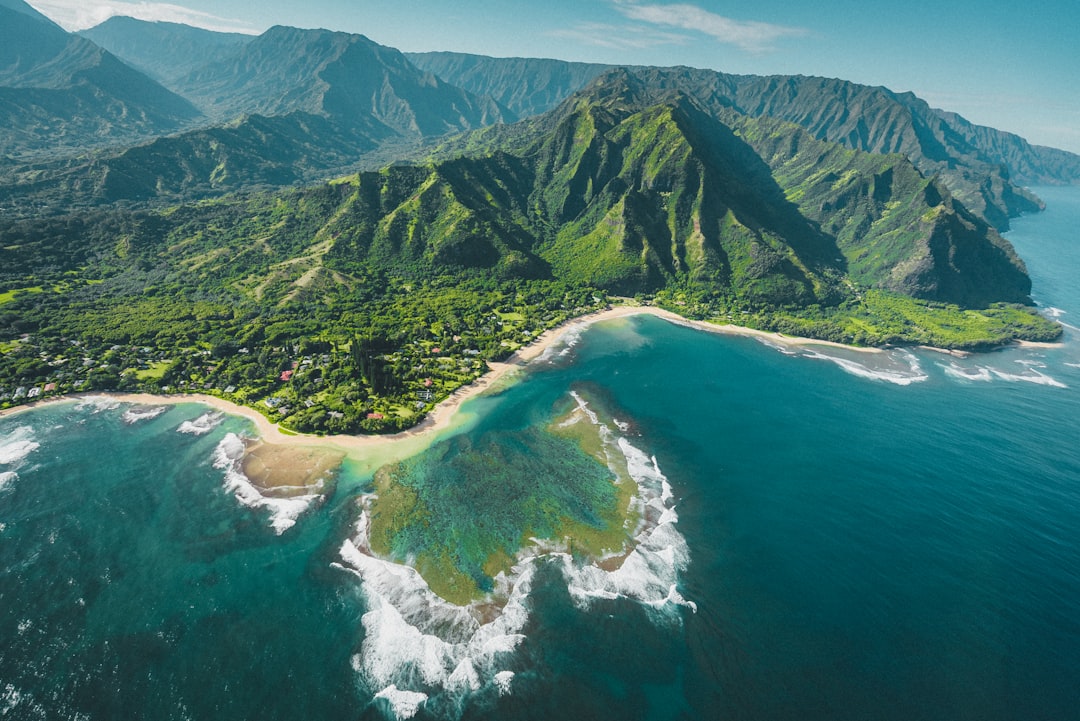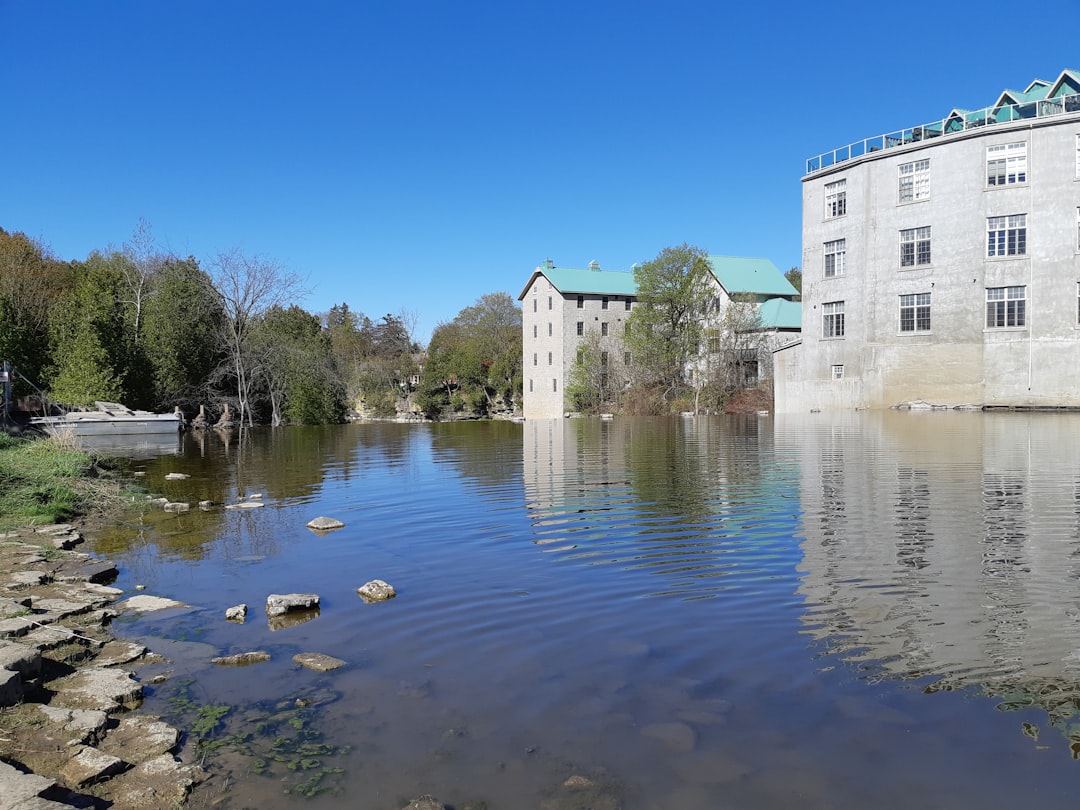What is it about?
The existence of small Holocene glaciers in maritime settings around Mediterranean Sea can provide reliable evidence about lower tropospheric circulation, teleconnections and potential coupling/decoupling mechanisms between glacial, lacustrine and maritime settings.
Featured Image
Why is it important?
The perception of glacial-free conditions in Greece seems to be challenged by geomorphological and paleoclimatic evidence from Mount Olympus. Such evidence point to at least two periods (8-4 ka BP and Little Ice Age) favorable to glacial formation and/or advance during the Holocene in Greece and pave the way for future paleoclimate research that can be based on exposure dating of moraines and other glacial and periglacial features.
Perspectives
The sensitivity of small maritime glaciers to subtle climatic oscillations that occurred during the Holocene, increases our perception about how quick the response of ecosystems and especially of water resources may be under certain climatic regimes. By temporally constraining glacial expanse and retreat phases in relation to large-scale atmospheric circulation patterns, we can improve our forecasting ability of natural system response under human induced climate changes driven by increasing greenhouse gas emissions.
Dr Michael N Styllas
Independent Researcher
Read the Original
This page is a summary of: Geomorphologic and paleoclimatic evidence of Holocene glaciation on Mount Olympus, Greece, The Holocene, December 2015, SAGE Publications,
DOI: 10.1177/0959683615618259.
You can read the full text:
Contributors
The following have contributed to this page










